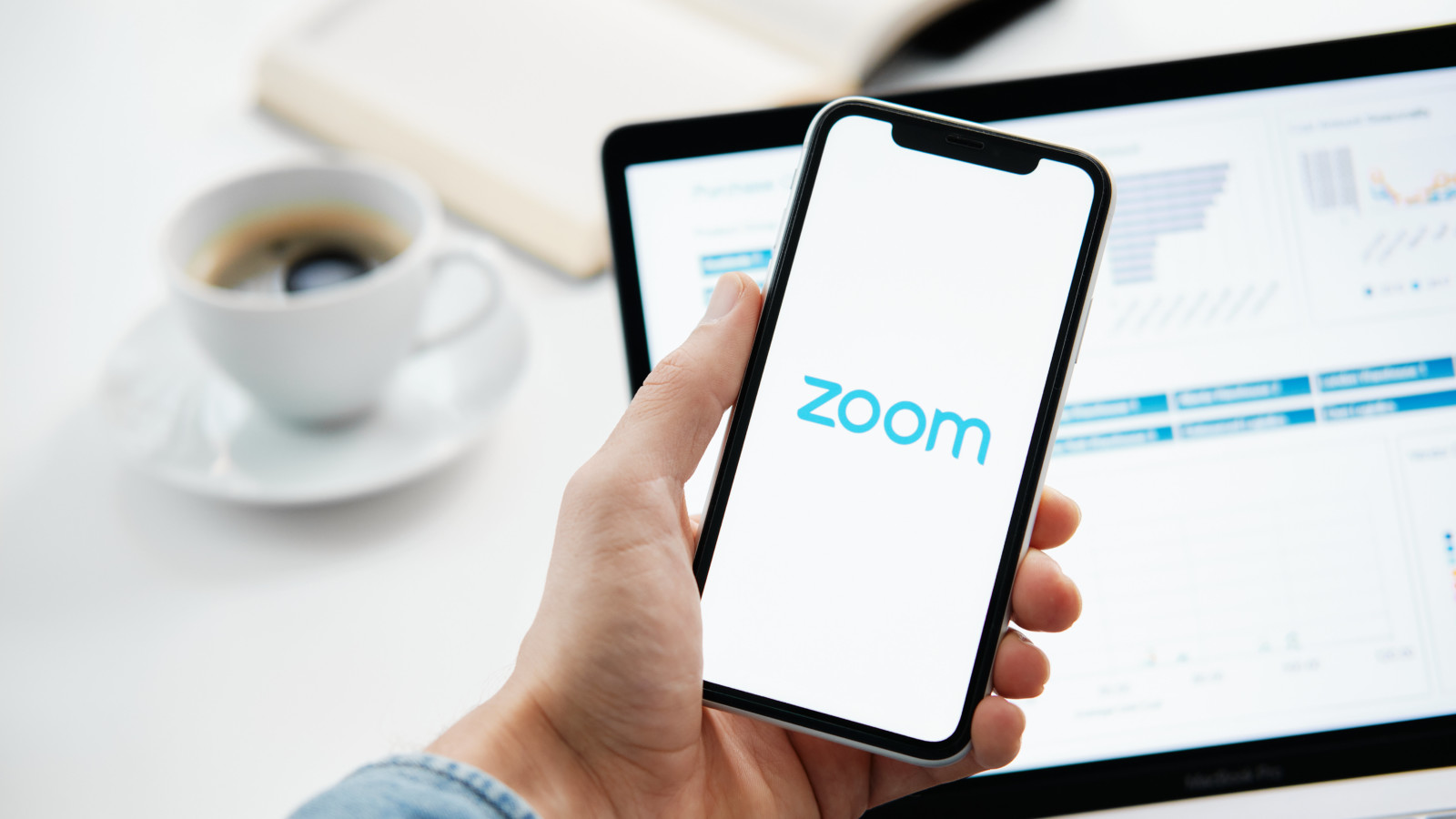Do you ever feel drained, or even agitated after a long Zoom meeting?
If you have a love/hate relationship with this new communications norm, you’re among friends. Absolutely, Zoom is a great way to avoid commute traffic while enabling connection in exciting new ways. But as you may have experienced, a video conference can be more draining than an in-person meeting of the same length.
Here are some reasons why
One; the camera. Some of us, especially those over 30, aren’t so keen on the spotlight, especially in the wrong lighting. Which unless you have a ring light, is most of us. Seeing yourself on camera in real-time is distracting, requiring extra energy to focus on the meeting while trying not to feel self-conscious.
Two; the tri-alogue. You need to speak to a camera lens instead of the person you’re in dialogue with in order to look like you’re looking at them while you’re speaking. Just typing that was confusing! When you’re not getting real-time feedback to your communication, it adds a layer of uncertainty.
In the land of virtual work, it can be hard to one decompress between activities. Before you had to walk to get to the meeting, giving you a chance to benefit from the movement and the change of scene. Now you just sit there meeting after meeting, as the stress continues to pile on. And instead of motivating us to work more effectively, it undermines our success.
In a recent survey, 21% of employees reported stress as the main source of errors and missed deadlines at work; 15.5% had difficulty getting along with colleagues; 14.9% missed days at work; and 14.4% said stress made them late. It’s no wonder the World Health Organization called stress “the health epidemic of the 21st century.”
Fortunately for us, we have a secret weapon at our disposal that’s as free as the very air we breathe. Research consistently confirms the positive impact deep breathing has on our bodies’ ability to deal with stress. The secret isn’t the breath of course, but knowing how to use it frequently is.
Maybe you’re thinking “I breathe all day every day, I must have it down by now, right?” Yes, and…Unless you’re consciously aware of the reciprocal relationship between your breath and your emotions, you may be inadvertently feeding the dragon.
When we’re stressed, we tend to over-breathe and resort to breathing through the mouth. Our breath becomes faster, louder, and often includes sighing. In The Oxygen Advantage, author Patrick McKeown observes that many people breathe this way “every minute of every hour of every day,” which keeps them in a perpetual state of anxiety as their breathing continuously elicits the fight/flight/freeze response.
The shallow chest breath is the breathing pattern associated with stress. It signals your body to stay on high alert for the next threat so you can fight, fly or freeze if needed. And unless we intentionally shift to a full belly, or diaphragmatic “rest and digest” breathing pattern, the threat signals keep coming and the stress level remains high.
On the flip side, when we breathe deeply, tapping into the lower lobes of our lungs, we’re able to decrease stress and increase energy. Our posture and digestion can even improve.
Squeezing in just a few minutes of breathwork between and after Zoom meetings can help you move forward with less negative anxiety and more positive energy. Just a few minutes of breathwork is the key to reducing the stress response, rather than continuously adding on to it.
Here are three of my favorite pre and post-zoom stress reduction techniques
Slow Breath, Soft Belly Right before speaking up in a meeting or clicking on that Zoom link, take a few deep breaths in and out.
Breathe in through your nose for a slow count of 3, drawing the breath down to the lower portion of the lungs as you feel the belly expand on the inhale and draw in for a complete exhale out to a count of 4. Continue with this pattern for 3-5 minutes, standing or sitting with a straight spine as you keep your attention focused on your breath.
This rhythm will help to calm and focus you before for your on-camera appearance.
Box Breathing is a simple yet powerful technique for down-regulating stress and improving focus. Known as the breathing technique used by NavySEALs, commander Mark Divine, creator of the SEALFIT fitness program, has been using it since 1987 as a critical piece of his daily routine.
The great thing is, you can use this technique anytime you’re in a stressful situation, during a meeting, while you’re driving or waiting in line. Instead of ramping up your stress level, shift to Box Breathing and build your mental fitness muscles instead.
The 4-7-8 Breath is recommended by Dr. Andrew Weil, as a fast path to calm. It’s quick and easy enough to use it whenever you experience tension or stress.
Once you begin to add it to your everyday practice, you’ll find it helpful for preventing a stress response before it happens.
By understanding the relationship between the breath in the body you can access these tools for stress management whenever you feel the anxiety begin to build. So next time Zoom fatigue strikes, take a moment to slow down and find your way back to a state of calm, one deep breath at a time.


